Contents
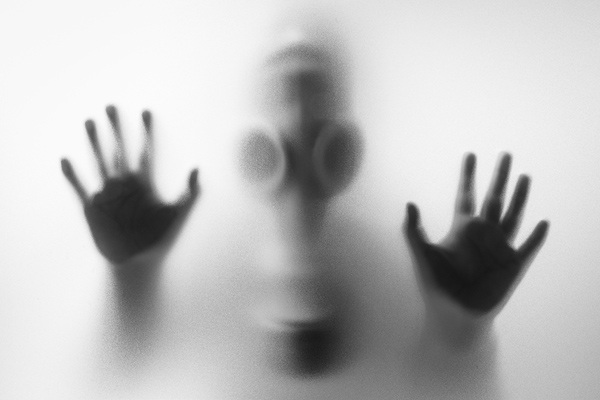
There are always improvements you can make on your home to increase its cleanliness and safety. A good way to do this is to improve your indoor air quality by looking at the household products you are using. Some products may not be as safe as you think they are. In fact, they lead to indoor air pollution. Keep reading to find out which common household products can greatly decrease indoor air quality and what you can use instead.
What Is Indoor Air Quality?
Indoor air quality (IAQ) is the quality of the air inside or around a structure, like a commercial building or a residential home. IAQ affects the health and comfort of the occupants of that structure. Good IAQ is easy and safe to breathe.
If you live in a home with young children, elderly residents, or immuno-compromised people, IAQ is a considerable concern. There’s a greater chance of health issues like respiratory problems and allergies if the indoor air has high levels of moisture or pollutants. This is why it’s important that commercial buildings and homes meet IAQ standards.
This article will discuss how pollutants affect indoor air quality and which products you may be using that reduce your air’s cleanliness.
Household Products That Affect IAQ
Cleaning products
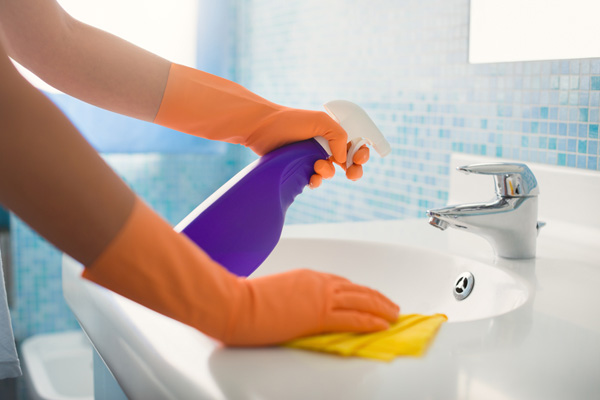
A lot of commercial cleaning products have chemicals in them that are harmful to your health and the environment. Many cleaning supplies contain ammonia, bleach VOCs (volatile organic compounds), synthetic fragrances, and other things that can reduce indoor air quality.
Solution: To improve your indoor air quality choose cleaning products with environmentally-friendly ingredients. Also, you can use natural cleaners like baking soda and vinegar.
Paint
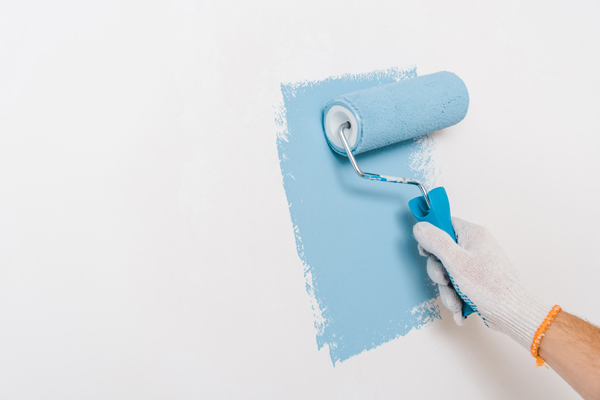
If you can smell fresh paint, you are most likely breathing in things that are not good for your health. A lot of paint that is still on the market contains VOCs which have carbon compounds that turn into vapor. When mixed with air, VOCs produce ozone. This can increase air pollution. You breathe in this pollution as the paint dries and releases VOCs.
Solution: Choose a low-VOC or zero-VOC paint next time you are repainting. This will keep your air much cleaner and healthier.
Aerosol Sprays
Hairspray, hair treatments, shaving cream, deodorant, fragrances, and even cooking oils are sold as aerosol sprays. These products have lots of chemicals in them.
Aerosol sprays propel droplets of liquid into the air. If the liquid contains harmful ingredients, it is unsafe to use. Aerosol sprays have been known as a polluting substance and are a hazard to the environment as well.
Solution: Limit your use of aerosol sprays and even cut out their use if possible. Many aerosol spray products are available in different forms that can be safely used in your home.
Air Fresheners
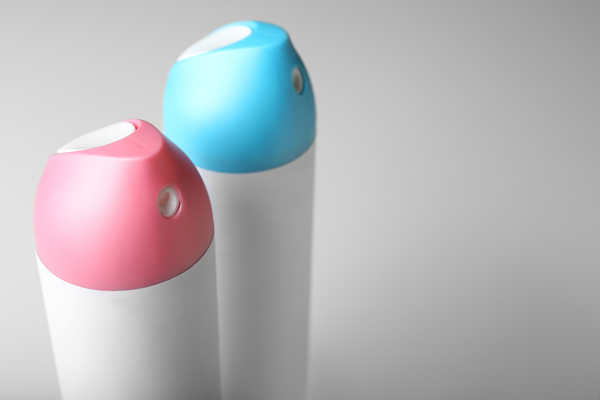
Did you know that air fresheners contain harmful ingredients? Certain air fresheners can transmit hundreds of different types of chemicals, which can be harmful or toxic to your health. Air freshener chemicals can react with other elements inside the home and end up producing harmful compounds. Even the smallest amount of air freshener can make you sneeze or cough. If it comes in contact with your skin, it can cause irritation, itchiness, redness, and itchiness.
It might be contradictory that an air freshener can end up causing indoor air quality issues. It is not a surprise because they contain propellants, fragrances, and additives that contribute to lower indoor air quality.
Solution: Use natural ingredients, such as essential oils, rather than air fresheners to get rid of bad odors.
Candles
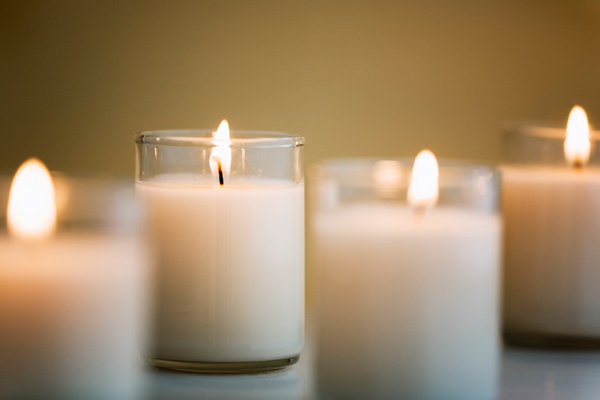
Candles may seem safe enough but they actually can be dangerous to your health. All candles are not bad though, only ones made with paraffin wax. Paraffin comes from coal oil, petroleum, or shale. When candles are not burnt, they are harmless. But when they are, they release harmful, carcinogenic compounds. One study even found that paraffin wax candles are linked to lung cancer and asthma.
Solution: If you like to use candles regularly, try one with natural ingredients like beeswax.
Dry Cleaning
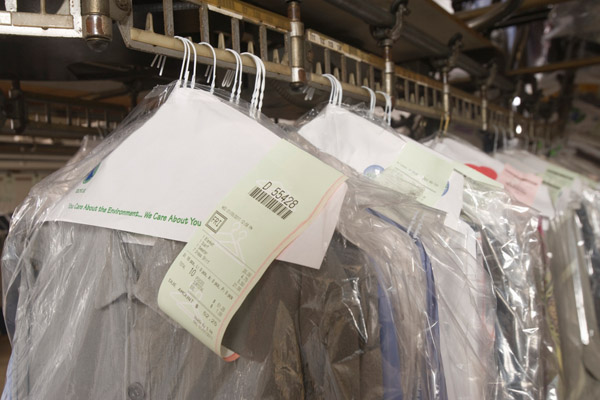
Dry cleaning removes dirt, stains, and smells from clothes using an organic solvent. The dry cleaning solvent can be harmful to people with pre-existing health conditions with their heart, liver, kidneys, or lungs. The most worrisome element used in dry cleaning is called PERC (perchloroethylene), a type of VOC. It can be quite dangerous if you are exposed to this chemical for a long time.
Solution: If you have clothes that need to be dry cleaned, unwrap them outside your home and let them air out to release any harmful chemicals. Use a reputable dry cleaning service and make sure to complain if there is a strong smell on your clothes.
Conclusion
To manage your indoor air quality, make sure you are aware of products that commonly cause problems with IAQ. Maintaining safe indoor air will not only benefit you but also the environment. Taking simple precautions will improve your indoor air quality and keep your home safe.
Call Wilcox Energy To Learn How To Improve Your Indoor Air Quality

Wilcox Energy offers exceptional cooling and heating throughout the southern Connecticut shoreline. We only hire experienced and knowledgeable NATE certified technicians. They can give you high-quality HVAC tune-ups, installations, repairs, and replacement.
Wilcox Energy guarantees that our heating and cooling service costs are the most competitive in the area. With our services, we can improve your comfort and increase your energy efficiency while reducing your home cooling costs. We can also find practical solutions to improve your indoor air quality.
If you are looking for an HVAC repair or replacement system, we can recommend the best one for your home while staying within your budget. We back all of our work with a guarantee to ensure your satisfaction. To schedule a service appointment or a free, in-home estimate, give Wilcox Energy a call today.
For more information about our HVAC services, be sure to contact Wilcox Energy. You can click here to contact us, or you can call us at (860) 399-6218 to find out more. We offer a full line of heating and cooling repairs, maintenance services, and installations.
